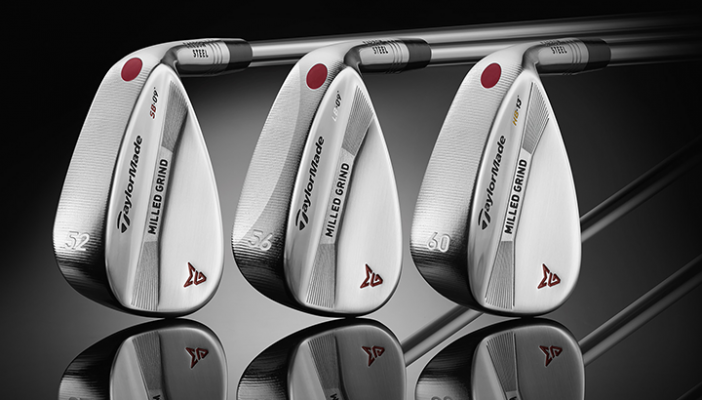Choosing golf equipment can be a confusing process for many golfers. No matter your skill level, experience with the game, or how many times you’ve been fit for a new club or set, the seemingly endless amount of options can appear daunting. From loft to lie, shaft flex to kick-point options, the variables are many for would-be golf club buyers.
Fear not, though, fellow golfer. We’re here to help. If you’re in the market for a new wedge, you’re in luck. Today, we are examining what bounce angle is and how to choose the right bounce for you and your game.
What is “bounce?”
Bounce, or bounce angle, is the angle of the golf club’s leading edge on its sole in relation to the ground. In other words, the bounce of a golf club details how much the sole of the club head lifts its leading edge.
Why is bounce important?
Golfers tend to harp on the loft options surrounding different clubs. For instance, most golfers can tell you that they have a 52, 54, 56, 58 or 60-degree wedge in their bag, but could they recite the bounce on those wedges?
As mentioned above, bounce is essentially the angle of the sole relative to the ground. Because of the nature of the many different types of shots a wedge of any loft will hit, the bounce angle is vital depending on your swing tendencies. Typically, the higher the bounce, the less friction caused when the wedge makes impact with the turf.
What are different bounce options?
Bounce options for your wedges range from zero to 16 degrees. Typically, a pitching wedge will carry between two and five degrees of bounce. A gap wedge will range between five and 12 degrees of bounce. Bounce options in a sand wedge range from 10 to 16 degrees while lob wedges most typically range between zero and 10 degrees.
As you’ll notice, the range of bounce degree isn’t relative to the general degrees of loft associated with the wedges. That means that general bounce ranges are applied to wedges depending on the likely shots to be hit with the club.
For instance, the sand wedge typically carries higher bounce than a lob wedge because of the types of shots it’s likely to hit from the sandtrap. The need to glide through terrain with limited friction is vital to the shot. Bounce makes this shot negotiable despite the difficulty involved.
How do you use bounce?
Using bounce to your advantage is as simple as understanding what it does. Low bounce wedges are typically easier to hit as they present less risk of “thinning” a shot and are built to sweep over the turf as opposed to cutting into it.
Wedges with high bounce degrees are ideal for players who tend to have steeper swings, take healthy divots, and need to play out of the sand. Experienced players often lean towards higher bounce degrees for their wedges.
There are also tour-sole options — these are reserved for the highly-skilled golfers. Tour-sole wedges often carry little to no bounce as they require a perfect swing and nearly-perfect conditions.
Choosing bounce
The optimal bounce for your wedges depends on your swing, skill level and the types of courses you’re likely to play. When purchasing new wedges for your golf bag, it’s often best to be custom-fit by a trained fitting professional. They’ll analyze your swing path, swing speed and angle of attack to recommend loft and bounce combinations for your wedges.
— Ben Larsen
Featured image courtesy of TaylorMadeGolf.com
